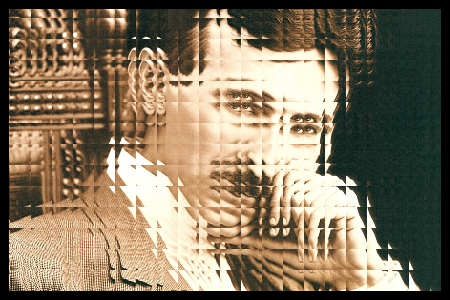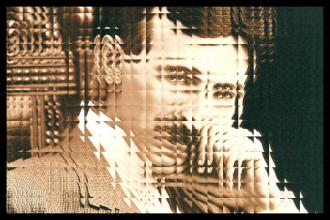Who is the mysterious person behind the glass?
Brain Teasers
[616] Who is the mysterious person behind the glass? - Who is the mysterious person behind the glass? - #brainteasers #riddles - Correct Answers: 59 - The first user who solved this task is Eric Newton

2014-04-23

